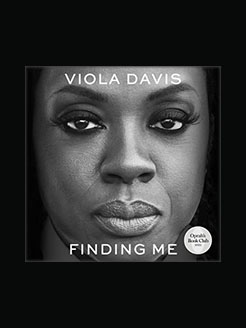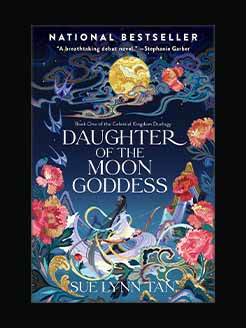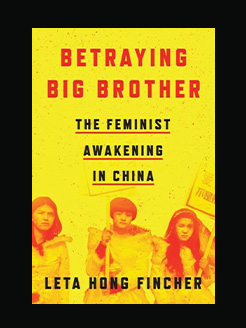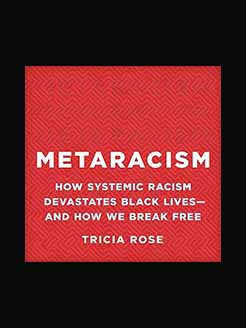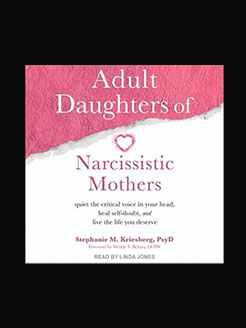Published in 2020 (first published 1801)
560 pages
Maria Edgeworth was an Anglo-Irish gentry-woman, born in Oxfordshire and later resettling in County Longford. She eventually took over the management of her father’s estate in Ireland and dedicated herself to writing novels that encouraged the kind treatment of Irish tenants and the poor by their landlords.
What is this book about?
“It is singular, that my having spent a winter with one of the most dissipated women in England should have sobered my mind so completely.”
Maria Edgeworth takes on issues of gender and race in her early editions of Belinda, and although later editions tone down some controversial material to appease audiences, the alterations were most likely made by Edgeworth’s father. Edgeworth’s story centers around Belinda, a young woman who is navigating the complicated path of courtship and the limitations of domesticity. When Belinda is sent to live with the fashionable Lady Delacour, in hopes that she will find a wealthy and respected husband, she is quickly exposed to differing perspectives on marriage and the social obligations of women. The influence of Lady Delacour, and later Lady Anne Percival, motivate Belinda toward an independence and spirit of empowerment reminiscent of Mary Wollstonecraft. Edgeworth’s popularity diminished somewhat after the first two decades of the 19th Century, however, her works opened doors for later writers like Sir Walter Scott and William Makepeace Thackeray, and expanded the potential for the “female” novel.
